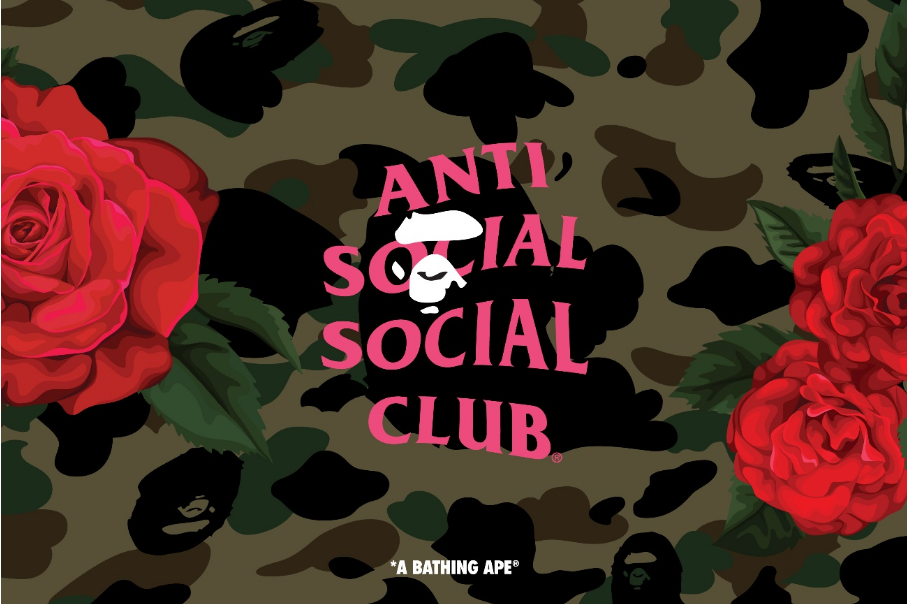
运用微波炉加热食物时,你是不是翻开旋钮就躲得远远的,生怕遭到辐射?美国食物和药物管理局称,微波辐射构成的损伤十分稀有。不过,为了避免被烫坏,人们可以采纳某些预防措施来维护自己。
Sidekix Media/unsplash
Microwave ovens have been a kitchen staple for decades, allowing you to cook everything from frozen vegetables to packaged meals in minutes. But while you zap your food, you may wonder how close you can safely stand next to a microwave, and whether any radiation could escape from the device and potentially harm you.
几十年来,微波炉一直是厨房的首要设备,你可以在几分钟内煮好冷冻蔬菜及袋装饭菜等一切食物。可是当你用微波炉加热食物的时分,你或许会想知道站在微波炉周围多远才安全,以及设备是否会走漏一些辐射并损伤到你。
Do you really need to worry about this? The short answer is, not really. Injuries from microwave radiation are very rare, according to the US Food and Drug Administration. However, there are certain precautions you can take to keep yourself safe when using a microwave oven.
你真的需求忧虑这个吗?简而言之:并不需求。美国食物和药物管理局(FDA)称,微波辐射构成的损伤十分稀有。不过,运用微波炉时,你可以采纳一些预防措施来确保自己的安全。
Microwaves are a type of electromagnetic radiation, or waves of energy that move through space, according to the FDA. Electromagnetic radiation takes different forms, including radio waves, visible light, X-rays and gamma-rays.
FDA称,微波是一种电磁辐射,即在空间中移动的能量波。电磁辐射具有不同的方法,包含无线电波、可见光、X射线和伽马射线。
Microwaves, like radio waves, are a type of of "non-ionizing radiation," meaning they don't have enough energy to knock electrons out of atoms, the FDA says. Microwaves are therefore not known to damage DNA inside cells, according to the American Cancer Society.
FDA称,和无线电波相同,微波是一种“非电离辐射”,这意味着微波不具有足以碰击电子使其脱离原子的能量。因而,美国癌症学会表明,并不以为微波会损坏细胞内的DNA。
In contrast, X-rays and gamma-rays are classified as "ionizing radiation," a type that does have enough energy to remove electrons from atoms and can damage cells and DNA.
相比之下,X射线和伽马射线则被列为“电离辐射”,这种类型的辐射的确具有足以使电子脱离原子的能量,而且可以危害细胞和DNA。
Even though microwaves don't pose the same health risks as X-rays, that doesn't mean they are risk-free. Microwaves heat food by causing water molecules to vibrate, which produces heat. In theory, microwaves can heat body tissues in the same way they heat food, and at high levels, microwaves can cause burns and cataracts, according to the FDA. But these types of injuries are very rare and have generally occurred when people are exposed to large amounts of radiation leaking through openings in the oven, such as gaps in the seal, the FDA says.
虽然微波不会与X射线相同对健康构成危险,但这并不意味着它们毫无危险。微波经过引起水分子振荡然后发作热量来加热食物。据FDA称,理论上,微波会以与加热食物相同的方法使人体安排受热,而且在严峻的状况下,或许导致烫坏和白内障。可是,FDA以为,这两种类型的损伤十分稀有,而且一般发作在人们触摸到透过微波炉的开口(比方密封条的裂口)走漏很多辐射的时分。
Stefan C. Asafti/unsplash
What's more, the FDA requires microwaves to be designed in a certain way to prevent these types of radiation leaks. For example, the FDA requires that microwave ovens have two interlock systems that halt the production of microwaves the moment the door is opened. And the agency requires that these ovens have a monitoring system that stops the device from operating if one of the interlock systems fail.
此外,FDA还要求微波炉的规划可以避免这类辐射走漏。例如,FDA要求微波炉有两个连锁设备,当微波炉的门被翻开时,这个体系就会中止微波的发作。该组织要求微波炉设置监控体系,假如其间一个连锁体系呈现毛病,该设备就会中止运转。
As a result, there is "little cause for concern" about excess microwaves leaking out from your oven, unless there is damage to the door hinge, latch or seal, the FDA says.
FDA称,除非微波炉的门铰链、门锁或密封条存在损坏,不然关于微波炉会走漏过量微波简直“不存在值得忧虑的理由”。
Still, the agency recommends that you check your microwave oven carefully and do not use it if the door doesn't close properly, or if it is "bent, warped, or otherwise damaged." As an added precaution, the FDA recommends that you don't lean or stand directly against a microwave oven for long periods while it's operating.
虽然如此,FDA仍是主张你仔细检查你的微波炉,假如门不能正常封闭,或许发作了“曲折、倾斜或其他损坏”的话,就不要运用。作为一项额定的预防措施,FDA主张你在微波炉作业时不要长期地直接贴靠或直接站在微波炉前面。
As far as injuries from microwave ovens go, the most common way people are injured is via heat-related burns from touching hot containers or overheated foods, or being exposed to exploding liquids. The FDA recommends that people use common-sense precautions when handling hot foods and beverages cooked in microwave ovens.
就微波炉构成的损伤而言,最常见的受伤是触摸热容器或过热食物,或触摸爆破的液体,然后导致灼伤。FDA主张人们在运用微波炉加热食物和饮料时采纳常识性的预防措施。
The agency also warns that, when you use a microwave to heat water in a cup, there's a risk of the water becoming "superheated," which means it has heated past its boiling point.
该组织还正告说,当你用微波炉加热杯子里的水时,会有水变得“过热”的危险,这意味着水的温度超越了沸点。
When this happens, the water does not appear to be boiling, but just a slight disturbance to the water — which can occur when touching or picking up the cup — can cause an eruption of boiling water.
当这种状况发作时,水看起来并没有欢腾,但只需碰到或拿起杯子时对水有细微的扰动就会导致欢腾的水喷射。
This can lead to skin burns or scalding injuries, particularly on the face and hands. To prevent superheated water from forming, the FDA says people should not exceed the recommended heating time for water, as indicated in the oven's instruction manual.
这会导致皮肤,尤其是脸部和手部,灼伤或烫坏。为了避免过热的水构成,FDA表明,不应该超越微波炉阐明书中主张的加热时刻。
Indeed, it's generally a good idea to read and follow your microwave oven's instruction manual to help keep yourself safe when using it.
事实上,运用微波炉的时分,最好阅览并遵从微波炉的运用阐明书,以保证你的安全。
英文来历:兴趣科学网站
翻译&修改:yaning
亚洲浪潮,博鳌视界
“安身亚洲,面向世界”
传递论坛最新动态,促进亚洲深度协作
全球重要对话的传达者,亚洲共同发展的眺望者。





